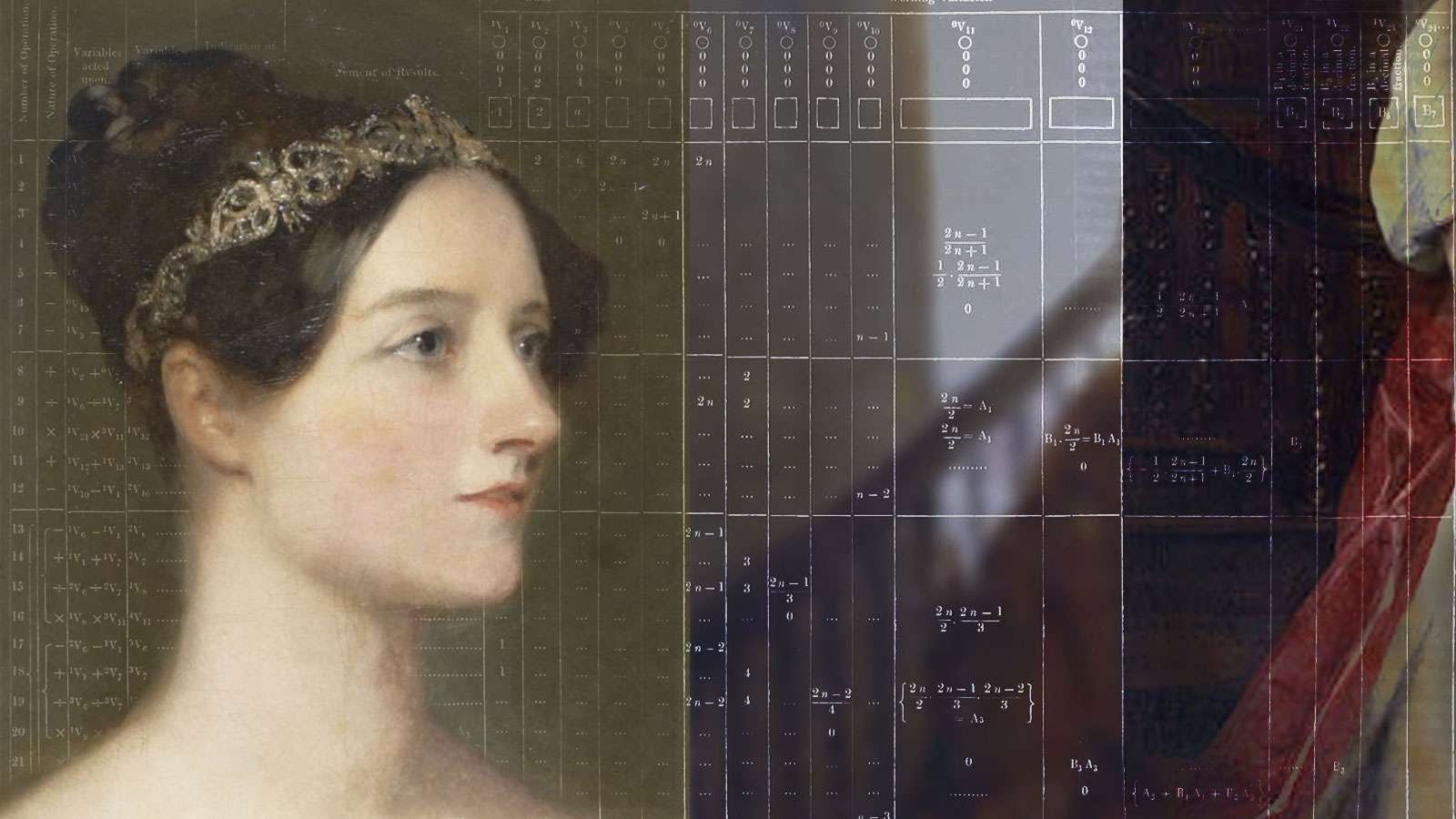The history of programming languages.

How did all these things start?
1 – First, we have to know, all we listen to is a language, the language of a country, the language of an animal, even the language of technology, everything is translated as a language, sometimes written and sometimes unwritten, understandable or not. Same for the programming languages, everything in this field is a language with different levels, sometimes difficult to understand and work with it, and sometimes easier.
2 – Second, we have to know, English is one of the most spoken languages in the world with more than 1.5 billion speakers and this number is growing fast. English is learned by people from different countries and is applied in every field of life nowadays. The same for programming languages, they are learned and used by developers worldwide and the number of developers is growing day by day.
3 – Third, we have to know, the first written language recorded in past civilizations was ‘Cuneiform’ in Babylon, Mesopotamia, 5,000 years ago. Through this language, several codes and rules were built on how cities and states should be organized. While, the first computer programming language was created in 1883 when a woman named Ada Lovelace worked with Charles Babbage on his early mechanical computer, the Analytical Engine.
In the meantime, Babbage was concerned with simply computing numbers, Lovelace saw that the numbers the computer worked with could represent something other than just amounts of things. She wrote an algorithm for the Analytical Engine that was the first of its kind. Because of her contribution, Lovelace is credited with creating the first computer programming language.
What happened after the first language?
What happened after Ada Lovelace wrote the first programming language for ‘Analytical Engine’?
Computer languages were first composed of a series of steps to wire a particular program; these morphed into a series of steps keyed into the computer and then executed; later these languages acquired advanced features such as logical branching and object orientation.
In the beginning, Charles Babbage’s difference engine could only be made to execute tasks by changing the gears which executed the calculations. Thus, the earliest form of computer language was physical motion. Eventually, physical motion was replaced by electrical signals in 1942.
It followed many of the same principles of Babbage’s engine and hence, could only be “programmed” by presetting switches and rewiring the entire system for each new “program” or calculation. This process proved to be very tedious.
In 1945, John Von Neumann was working at the Institute for Advanced Study. He developed two important concepts that directly affected the path of computer programming languages. The first was known as the “shared-program technique”.
This technique stated that the actual computer hardware should be simple and not need to be hand-wired for each program. Instead, complex instructions should be used to control the simple hardware, allowing it to be reprogrammed much faster.
The second concept was also important and Von Neumann called it “conditional control transfer”. This idea gave rise to the notion of subroutines, or small blocks of code that could be jumped to in any order, instead of a single set of chronologically ordered steps for the computer to take.
The second part of the idea stated that computer code should be able to branch based on logical statements such as IF and THEN, and looped such as with a FOR statement. “Conditional control transfer” gave rise to the idea of “libraries,” which are blocks of code that can be reused again.
Around this time, Konrad Zuse was inventing his own computing systems independently and developed many of the same concepts, both in his machines and in the Plankalkul programming language. Alas, his work did not become widely known until much later.
